Home>Garden Essentials>Garden Storage>How To Choose The Right Storage Shed For Your Backyard


Garden Storage
How To Choose The Right Storage Shed For Your Backyard
Modified: August 28, 2024
Discover the key factors to consider when selecting a storage shed for your backyard. Find the perfect storage solution with our helpful guide.
(Many of the links in this article redirect to a specific reviewed product. Your purchase of these products through affiliate links helps to generate commission for Storables.com, at no extra cost. Learn more)
Introduction
Having a storage shed in your backyard can be a game-changer when it comes to keeping your outdoor space organized and clutter-free. With a variety of options available, choosing the right storage shed can seem like a daunting task. However, by considering a few key factors, assessing your storage needs, and understanding the different types of sheds available, you can make an informed decision that meets both your practical requirements and aesthetic preferences.
In this guide, we will walk you through the process of selecting the perfect storage shed for your backyard. From determining the size and material to considering cost and accessory options, we will cover all the essential aspects to help you make an informed choice. So, let’s dive in and explore how to choose the right storage shed that fits your needs and enhances your outdoor space.
Key Takeaways:
- Choose a storage shed that fits your needs and enhances your outdoor space by considering size, material, design, durability, and maintenance. Assess your storage needs and estimate the required space for optimal functionality.
- Budget for a storage shed by considering size, materials, features, and brand reputation. Compare prices, read reviews, and factor in long-term costs to make a wise investment.
Read more: Ideas For A Kids Shed In Your Backyard
Factors to Consider When Choosing a Storage Shed
When it comes to choosing a storage shed for your backyard, there are several factors that you should take into consideration. These factors will not only determine the functionality and durability of the shed but also contribute to the overall aesthetic appeal of your outdoor space.
Size
The size of the storage shed is one of the most important considerations. You will need to assess the amount of space you have available in your backyard, as well as the items you plan to store. It’s essential to choose a shed that offers enough space to comfortably accommodate all your belongings without feeling cramped.
Material
Storage sheds are available in a variety of materials, each with its own set of pros and cons.
- Wood: Wooden sheds are popular for their natural beauty and timeless appeal. They can be stained or painted to match your outdoor aesthetic. However, they require regular maintenance to prevent rotting and warping.
- Plastic: Plastic sheds are lightweight, easy to assemble, and require minimal maintenance. They’re moisture-resistant and offer good durability. However, they may not have the same visual appeal as wooden sheds.
- Metal: Metal sheds are known for their strength and durability. They offer excellent protection against the elements and require minimal maintenance. However, they may be susceptible to rust if not properly cared for.
- Resin: Resin sheds are made from a durable plastic material that is resistant to rot, decay, and insect damage. They are low-maintenance and typically have a sleek, modern design.
Design and Style
The design and style of the storage shed can enhance the overall look of your backyard. Consider the architectural style of your home and choose a shed that complements it. Look for features like windows, doors, and decorative elements that match your aesthetic preference.
Durability
A storage shed should be able to withstand the elements and provide long-lasting durability. Consider factors like the quality of materials used, the construction method, and the reputation of the manufacturer. Look for sheds with sturdy frames, reinforced corners, and weather-resistant features.
Maintenance
Think about the level of maintenance you are willing to put into your storage shed. Some materials require regular upkeep, such as staining or painting, while others require minimal maintenance. Consider your time and budget constraints when deciding on the maintenance requirements of the shed.
By carefully considering these factors – size, material, design and style, durability, and maintenance – you can choose a storage shed that not only satisfies your practical needs but also enhances the visual appeal of your backyard.
Assessing Your Storage Needs
Before you start shopping for a storage shed, it’s crucial to assess your storage needs to determine the size and features that will best meet your requirements. By taking the time to evaluate what items you plan to store and estimating the required space, you can ensure that your storage shed will provide ample room for all your belongings.
Determine the Items to be Stored
Begin by making a list of the items you plan to store in your shed. This could include gardening tools, lawn equipment, outdoor furniture, sports gear, or seasonal decorations. By identifying these items, you can get a clear idea of the size and type of storage solutions you’ll need.
Consider the size and shape of larger items that may require special accommodations. For example, if you have a lawnmower or a bicycle that needs to be stored vertically, you’ll need a shed with sufficient vertical wall space or hooks to hang these items.
Estimating the Required Space
Once you have determined the items to be stored, it’s essential to estimate the amount of space they will occupy. Take measurements of larger items and plan out the layout to ensure that everything will fit comfortably within the storage shed.
Consider any future storage needs you may have. If you’re planning to expand your collection of garden tools or outdoor equipment, it’s wise to choose a storage shed with a little extra room to accommodate future additions.
Additionally, think about how you want to organize your belongings within the shed. Shelving, hooks, and other storage accessories can help maximize the use of space and keep items organized and easily accessible.
By assessing your storage needs and estimating the required space, you can avoid purchasing a storage shed that’s either too small to fit all your belongings or too large and unnecessary for your requirements. A proper understanding of your storage needs will ensure that you choose a shed that optimizes space and functionality.
Types of Storage Sheds
When choosing a storage shed, it’s important to consider the different types available. Each type has its unique characteristics, benefits, and drawbacks. Understanding the options will help you make an informed decision based on your specific needs and preferences.
Plastic Sheds
Plastic sheds are a popular choice for their affordability, durability, and low maintenance requirements. Made from high-quality plastic materials like polypropylene or PVC, these sheds are resistant to rot, rust, and insect damage. They are lightweight, easy to assemble, and often feature snap-together designs. Plastic sheds are also moisture-resistant, making them ideal for damp areas or locations prone to heavy rainfall. However, they may not offer the same aesthetic appeal as other materials.
Metal Sheds
Metal sheds are known for their strength, durability, and excellent security. Typically made from galvanized steel or aluminum, these sheds are resistant to damage from weather elements and pests. They are fire-resistant and require minimal maintenance. Metal sheds often feature locking mechanisms for added security and can withstand heavy winds and snow loads. However, they can be prone to rust if not properly maintained, and some people may find the appearance less appealing compared to other materials.
Wooden Sheds
Wooden sheds have a timeless appeal and natural beauty that many homeowners find attractive. They are often made from durable and rot-resistant woods like cedar or redwood. Wooden sheds blend well with the surrounding landscape and can be stained or painted to match your home’s exterior. Additionally, they provide excellent insulation properties, making them suitable for storing temperature-sensitive items. However, wooden sheds require regular maintenance to prevent rotting, warping, and pest infestation. Periodic staining or painting is necessary to preserve their appearance and extend their lifespan.
Resin Sheds
Resin sheds, also known as plastic resin sheds, are constructed from a high-density polyethylene (HDPE) material. They offer durability, low maintenance, and resistance to decay, rot, and UV damage. Resin sheds are lightweight, easy to assemble, and often feature double-wall construction for added strength. They do not require painting or staining and are typically designed with simulated wood textures to mimic the look of a wooden shed. However, resin sheds may not have the same level of structural integrity as other materials and can be more susceptible to impact damage.
Ultimately, the type of storage shed you choose will depend on your preferences, budget, and specific needs. Consider factors such as durability, maintenance requirements, aesthetic appeal, and price when selecting the right type of shed for your backyard.
Cost Considerations
Budgeting for a Storage Shed
When it comes to choosing a storage shed, it’s essential to consider your budget and allocate funds accordingly. Setting a realistic budget will help narrow down your options and ensure that you choose a shed that meets your financial constraints. Here are a few factors to consider when budgeting for a storage shed:
- Size: Larger sheds generally come with a higher price tag. Determine the size you need based on your storage requirements and allocate a portion of your budget accordingly.
- Materials: Different materials come at different price points. Wood sheds are often more expensive than plastic or metal sheds due to the cost of materials and craftsmanship involved.
- Features and Accessories: Additional features and accessories, such as windows, skylights, shelving, or security systems, can contribute to the overall cost of the shed. Consider which features are essential for your needs and allocate budget accordingly.
- Brand Reputation: Established and reputable shed brands may have a higher price tag, but they often come with better quality and customer support.
Comparing Prices
Once you have set a budget, it’s important to compare prices from different suppliers or retailers to ensure that you get the best value for your money. Here’s how to compare prices effectively:
- Research Multiple Suppliers: Look for suppliers that offer a range of storage shed options. Compare prices from different suppliers to get an idea of the price range for the type of shed you want.
- Consider Additional Costs: In addition to the cost of the shed itself, factor in any additional costs such as delivery fees, assembly charges, or warranty fees. These costs can vary among suppliers and can significantly impact the overall price.
- Read Reviews: Look for customer reviews and ratings for the sheds and suppliers you are considering. This will give you insights into the quality and reliability of the product and the reputation of the supplier.
- Consider Long-Term Costs: While it may be tempting to opt for the cheapest option available, consider the long-term costs associated with the shed. A higher-quality shed may require less maintenance and last longer, saving you money in the long run.
By budgeting for a storage shed and comparing prices from different suppliers, you can find a shed that fits both your needs and your financial constraints. Remember that quality and durability should also be considered alongside price to ensure you make a wise investment for the long term.
Accessory Options
Windows and Skylights
When choosing a storage shed, you may want to consider the addition of windows and skylights. These features not only enhance the appearance of the shed but also provide practical benefits:
- Windows: Windows allow natural light to enter the shed, making it easier to find items and navigate the space. They also provide ventilation, helping to regulate temperature and prevent the buildup of moisture.
- Skylights: Skylights are a great option for sheds located in areas with limited natural light or where windows may not be practical. They allow sunlight to filter into the shed from overhead, brightening up the space.
Shelving and Hooks
Adding shelving and hooks to your storage shed can help keep items organized and maximize the use of space. Consider the following options:
- Shelving: Adjustable or fixed shelves can create additional storage space for smaller items, tools, or gardening supplies. Consider the height and depth of the shelves to accommodate various items.
- Hooks: Hooks can be installed on the walls or overhead to hang tools, bicycles, or other hanging items. This saves floor space and keeps items easily accessible.
Security Features
Protecting your stored items from theft and unauthorized access is crucial. Consider these security features when selecting a storage shed:
- Locking Mechanisms: Look for sheds with sturdy locking mechanisms, such as padlocks or built-in locks, to secure the doors.
- Reinforced Construction: Sheds with reinforced corners, strong frames, and tamper-resistant materials provide an added layer of security against break-ins.
- Alarms and Surveillance Systems: Some sheds come with the option to install alarms or surveillance systems for enhanced security. These features can deter potential thieves and provide peace of mind.
By considering accessory options such as windows and skylights, shelving and hooks, and security features, you can customize your storage shed to better suit your storage needs and enhance functionality.
Selecting a Shed Location
Assessing available space in the backyard
Choosing the right location for your storage shed is crucial for both functionality and aesthetics. Here are a few considerations when assessing the available space in your backyard:
- Size: Measure the dimensions of your backyard to determine the maximum size of the shed that can comfortably fit without overwhelming the space.
- Accessibility: Consider how easily you can access the shed. It’s important to have enough space around the shed for easy maneuvering, especially if you plan to store large items or equipment.
- Sightlines: Think about how the shed will fit into the overall layout and sightlines of your backyard. You may want to position it in a less prominent area or choose a shed design that complements the aesthetic of your outdoor space.
- Landscaping & Obstacles: Take into account any existing landscaping features, trees, or obstacles in your backyard. Ensure that the shed location does not interfere with the natural flow of your garden or any existing structures.
Considering Proximity to the House
The proximity of your storage shed to the house is another important consideration. Here are a few factors to keep in mind:
- Convenience: Placing the shed closer to the house can make it more convenient to access frequently used items or store items that you may need in your daily activities.
- Visual Appeal: A shed located closer to the house may be more visible and impact the overall aesthetic of your outdoor space. Choose a location that maintains a visually pleasing balance between the shed, house, and other elements in the yard.
- Privacy: Consider the level of privacy you desire. If the shed is visible from inside the house or neighboring properties, ensure that it doesn’t compromise your privacy or block any desirable views.
- Practicality: Depending on the items you plan to store, it may be practical to position the shed near certain areas of the house, such as the garden or patio, to facilitate easy access and usage.
By carefully assessing the available space in your backyard and considering the proximity to the house, you can select an ideal location for your storage shed that maximizes function, showcases aesthetic harmony, and suits your specific needs and preferences.
Preparing the Site
Leveling the Ground
Before installing a storage shed, it’s important to ensure that the ground is properly leveled. Here are the steps to follow when leveling the ground:
- Clear the Area: Remove any vegetation, rocks, or debris from the site where the shed will be placed. This will provide a clean surface for leveling.
- Mark the Perimeter: Use stakes and string to mark the perimeter of the shed’s footprint. This will help you visualize the exact area that needs to be leveled.
- Excavation: If there are significant uneven areas or slopes, you may need to excavate the ground. Use a shovel or a small excavation machine to remove excess soil and create a level surface.
- Fill and Compact: Add a layer of crushed stone or gravel to the excavated area. This will provide a stable base and allow for proper drainage. Use a plate compactor or hand tamper to compact the material and create a solid foundation.
Providing a Sturdy Foundation
An important aspect of preparing the site for a storage shed is providing a sturdy foundation. A good foundation will ensure the stability and longevity of the shed. Here are some options for creating a strong foundation:
- Concrete Slab: Pouring a concrete slab is a common and durable foundation option. The slab should be slightly larger than the shed’s dimensions and at least 4 inches thick. It provides a level surface, excellent weight-bearing capacity, and protection against moisture and pests.
- Gravel or Crushed Stone: If a concrete slab is not feasible or desired, a gravel or crushed stone foundation can be used. This involves leveling the ground and spreading a layer of compacted gravel or crushed stone. This type of foundation provides good drainage, stability, and can be easily adjusted if needed.
- Concrete Blocks or Piers: Another option is to use concrete blocks or piers strategically placed to support the shed. The blocks or piers are leveled and spaced according to the shed’s dimensions and provide a stable base. This foundation option allows airflow beneath the shed, preventing moisture buildup.
Choosing the right foundation will depend on factors such as the size and weight of the shed, local building codes, and personal preference. Ensure that the chosen foundation provides a level and stable surface to support the shed and protect it from shifting or settling.
Building Codes and Permits
Checking Local Regulations
Before you begin the process of installing a storage shed, it’s important to check the local building codes and regulations in your area. Each municipality may have specific requirements that govern the construction and placement of outdoor structures. Here’s how to ensure compliance:
- Research Local Codes: Visit your local government’s website or contact the building department to obtain information on the specific regulations pertaining to storage sheds. Look for guidelines regarding setbacks, size limitations, height restrictions, and other construction requirements.
- Consult with an Expert: If you’re unsure about the rules or regulations, consider consulting with a licensed contractor or a building inspector who can provide guidance on the specific requirements for your area.
- Consider HOA Restrictions: If you live in a neighborhood with a homeowners’ association (HOA), review the HOA guidelines to ensure that your shed complies with their regulations as well. Some HOAs may have additional restrictions on the size, color, or placement of outdoor structures.
Obtaining Necessary Permits
Once you have familiarized yourself with the local regulations, you may need to obtain permits before installing your storage shed. Here’s what you need to do:
- Check Permit Requirements: Determine if a permit is required for your specific shed size, location, or type. Some jurisdictions may exempt smaller sheds below a certain square footage, while larger or more permanent structures may require a permit.
- Submit the Paperwork: Contact the local building department to find out the necessary paperwork and documentation needed for permit application. This may include site plans, shed specifications, and payment of fees.
- Schedule Inspections: Depending on the local regulations, you may need to schedule inspections at various stages of the shed installation process. This ensures that your shed meets the required standards for safety and compliance.
- Wait for Approval: Once you have submitted the permit application and fulfilled all requirements, you will need to wait for the approval before proceeding with the shed installation. It’s important to refrain from commencing any construction until you have received the necessary permits.
Complying with building codes and obtaining the required permits is essential to ensure a smooth and legal installation process for your storage shed. By doing the necessary research and following the proper channels, you can avoid potential fines, setbacks, or complications down the line.
Popular Storage Shed Brands
Brand A
Brand A is a renowned name in the storage shed industry, known for its commitment to quality, durability, and innovative designs. Their sheds are constructed using high-quality materials and precision craftsmanship to ensure long-lasting performance. Brand A offers a wide range of shed options to suit different needs and preferences, from traditional wooden sheds to modern resin sheds. Their attention to detail and customer satisfaction have made them a trusted choice among homeowners looking for reliable storage solutions.
Brand B
Brand B has established itself as a leading player in the storage shed market, offering a diverse range of sheds that cater to various budgets and requirements. Their sheds are known for their affordability without compromising on quality. Brand B focuses on providing durable and practical storage solutions that are easy to assemble and maintain. Their sheds come in a variety of materials, including plastic, metal, and wood, giving customers the flexibility to choose according to their preferences. With a wide network of retailers and a customer-oriented approach, Brand B has gained popularity among homeowners seeking reliable storage options.
Brand C
Brand C is synonymous with innovation and design excellence in the storage shed industry. They are known for pushing boundaries and creating unique and aesthetically pleasing sheds that stand out. Brand C’s sheds incorporate modern materials and cutting-edge technologies to offer superior durability and functionality. Their sheds are designed to seamlessly blend into any outdoor space, providing a stylish storage solution. Brand C believes in sustainable practices and offers sheds made from eco-friendly materials. With a commitment to both form and function, Brand C has gained a loyal customer base among those who value both aesthetics and practicality.
These popular storage shed brands – Brand A, Brand B, and Brand C – provide a range of options to suit different needs, preferences, and budgets. Whether you’re looking for durability, affordability, innovative designs, or a combination of these, these brands have established themselves in the market as reliable choices for high-quality storage sheds.
Conclusion
Choosing the right storage shed for your backyard is an important decision that requires careful consideration of various factors. By taking into account the size, material, design, durability, and maintenance requirements, you can ensure that your storage shed meets your practical needs while enhancing the aesthetic appeal of your outdoor space.
Assessing your storage needs and estimating the required space will help you determine the size and layout of the shed that best suits your items. Understanding the different types of storage sheds, such as plastic, metal, wooden, and resin sheds, will assist you in selecting the material that aligns with your preferences and offers the desired level of durability.
Cost considerations play a significant role in choosing a storage shed, so it’s crucial to establish a budget and compare prices from various suppliers. Additionally, accessorizing your shed with features like windows, skylights, shelving, hooks, and security options can enhance functionality and convenience.
Selecting an appropriate location for the shed involves assessing the available space in your backyard and considering the proximity to your house, ensuring convenience and visual appeal. Preparing the site by leveling the ground and providing a sturdy foundation is essential for the stability and longevity of your shed.
Before installing a storage shed, checking the local building codes and obtaining the necessary permits is vital to ensure compliance with regulations and avoid any legal issues. Finally, popular storage shed brands like Brand A, Brand B, and Brand C offer a range of options to suit different needs and preferences, ensuring quality and reliability.
In conclusion, by carefully considering all these aspects and making informed choices, you can select the perfect storage shed that meets your storage requirements, enhances your outdoor space, and provides long-lasting functionality and aesthetics.
Frequently Asked Questions about How To Choose The Right Storage Shed For Your Backyard
Was this page helpful?
At Storables.com, we guarantee accurate and reliable information. Our content, validated by Expert Board Contributors, is crafted following stringent Editorial Policies. We're committed to providing you with well-researched, expert-backed insights for all your informational needs.
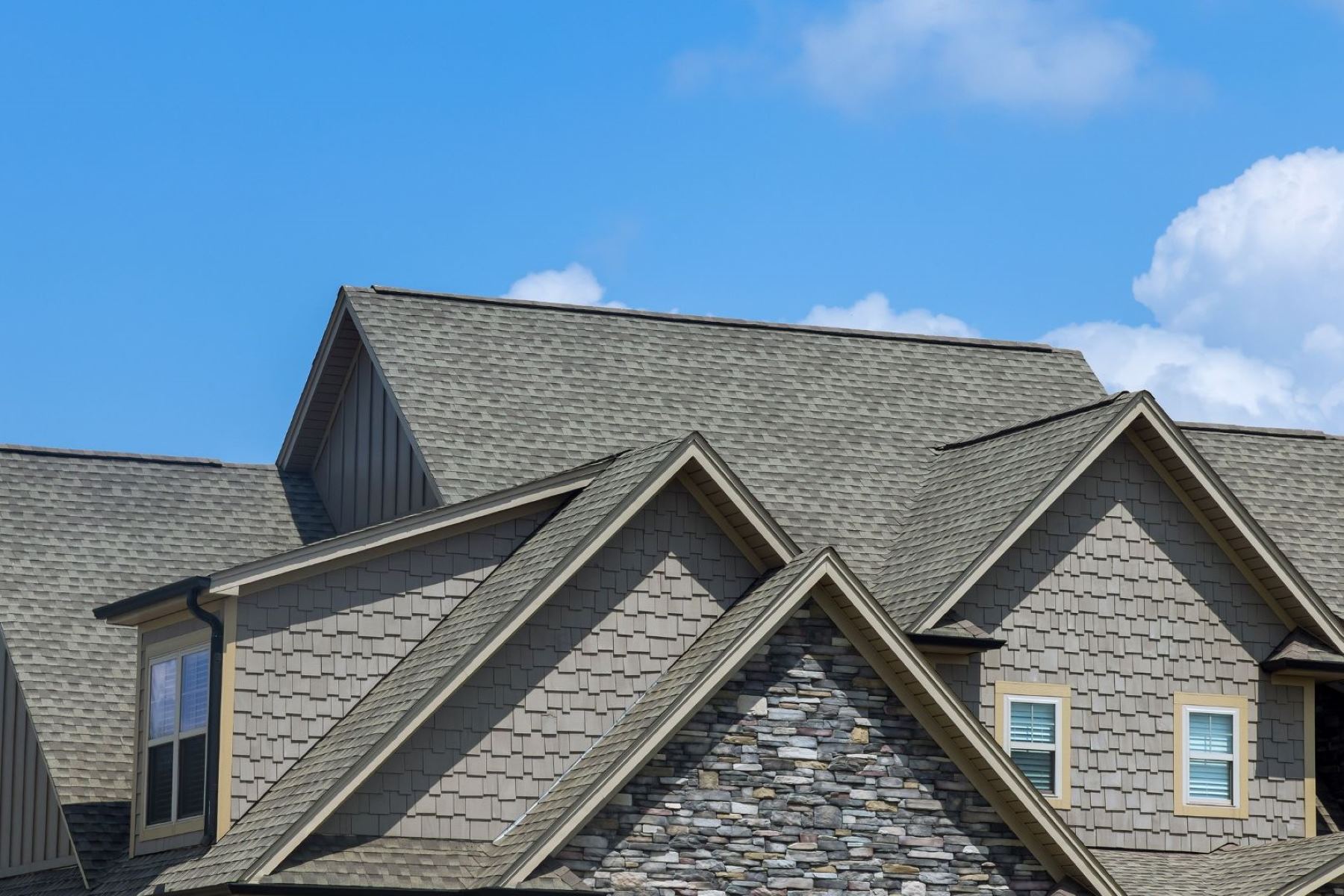
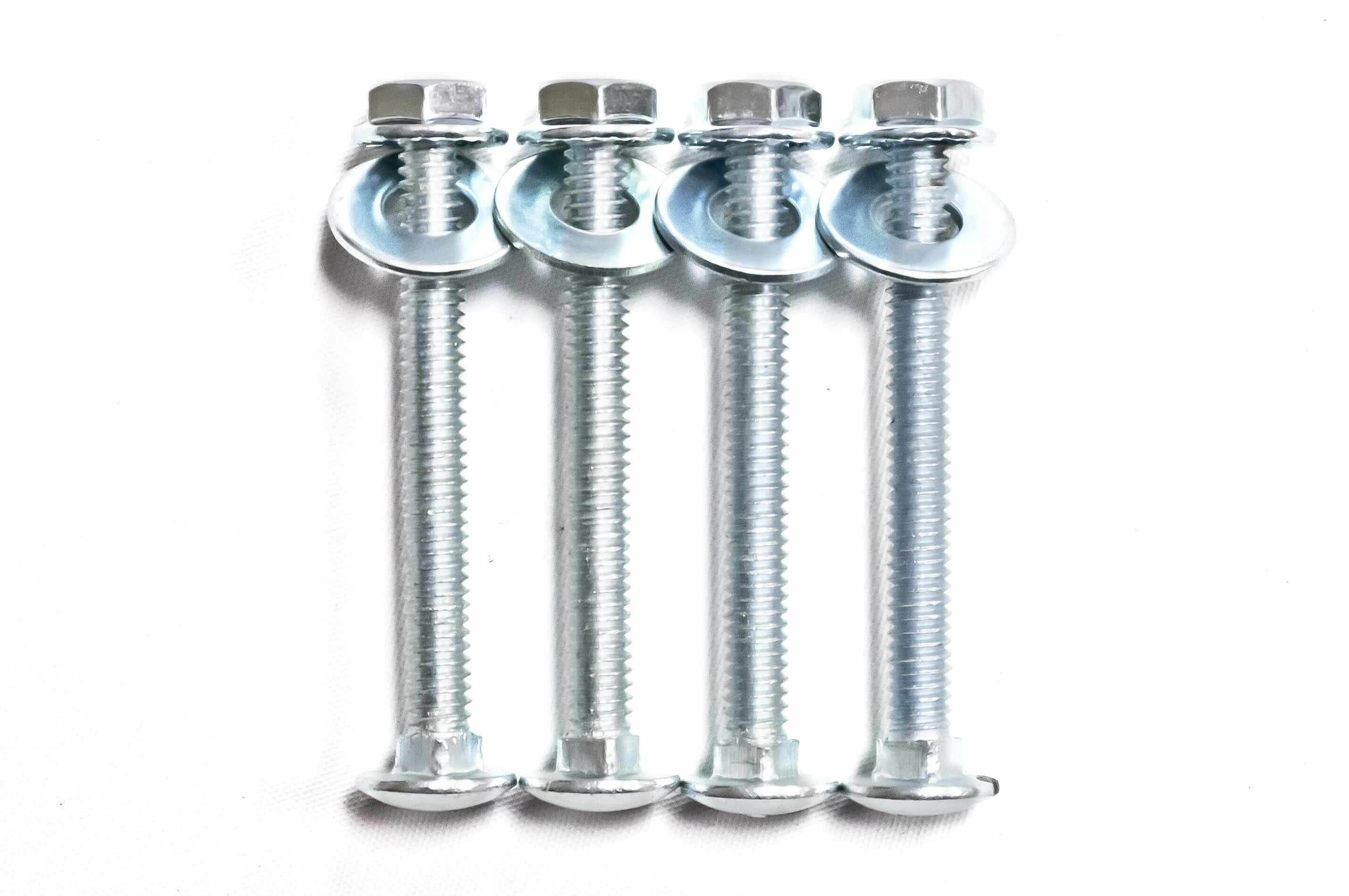
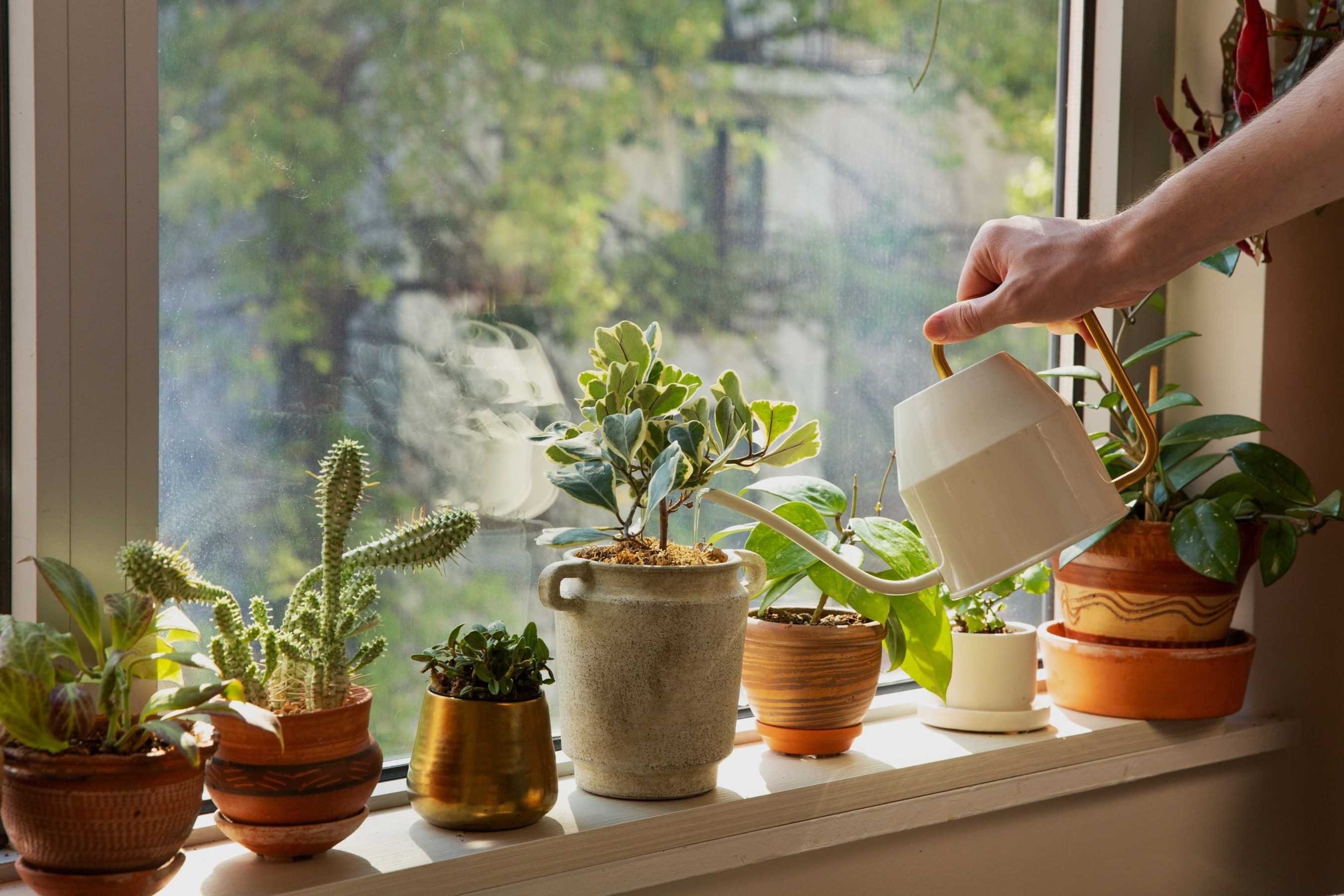

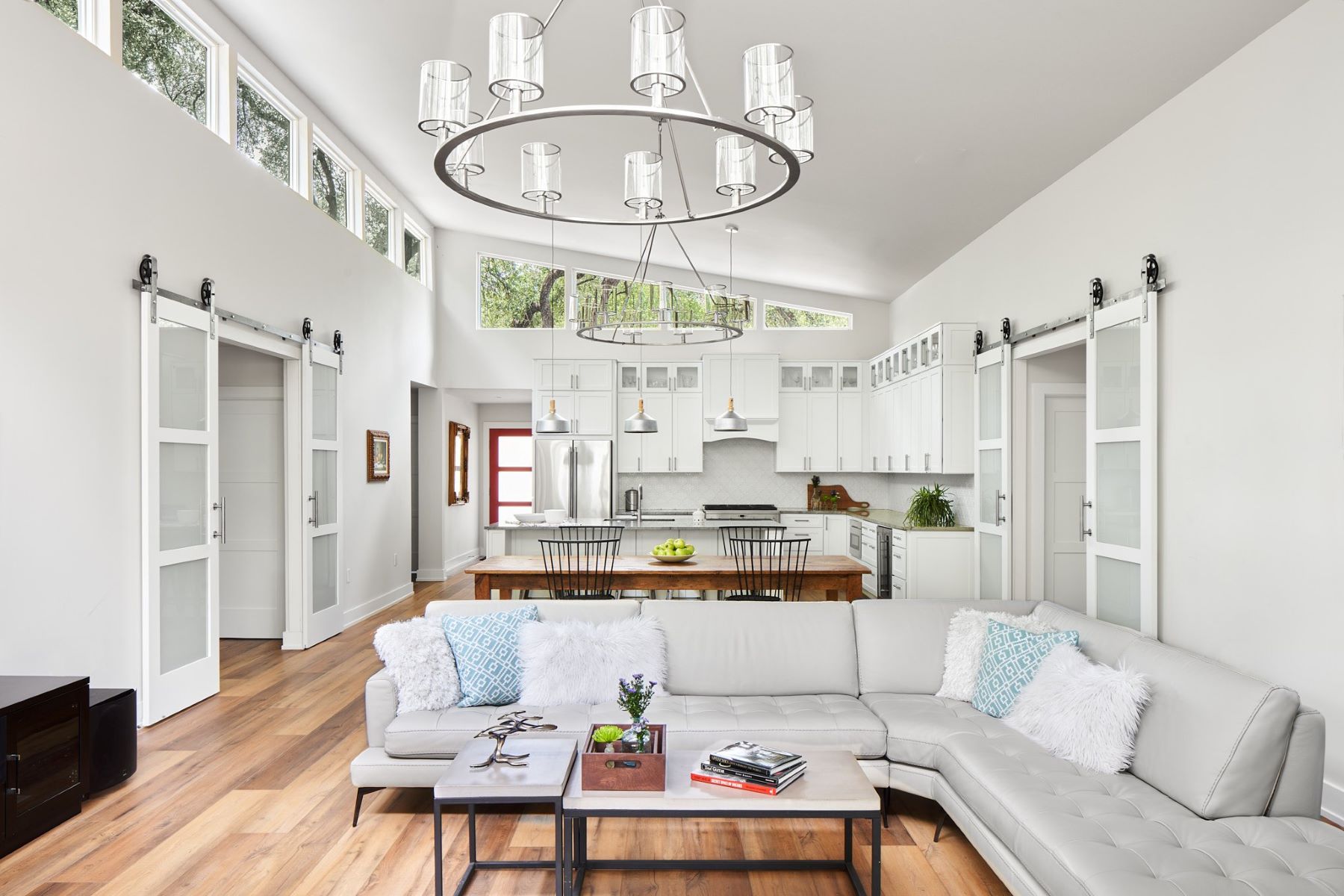
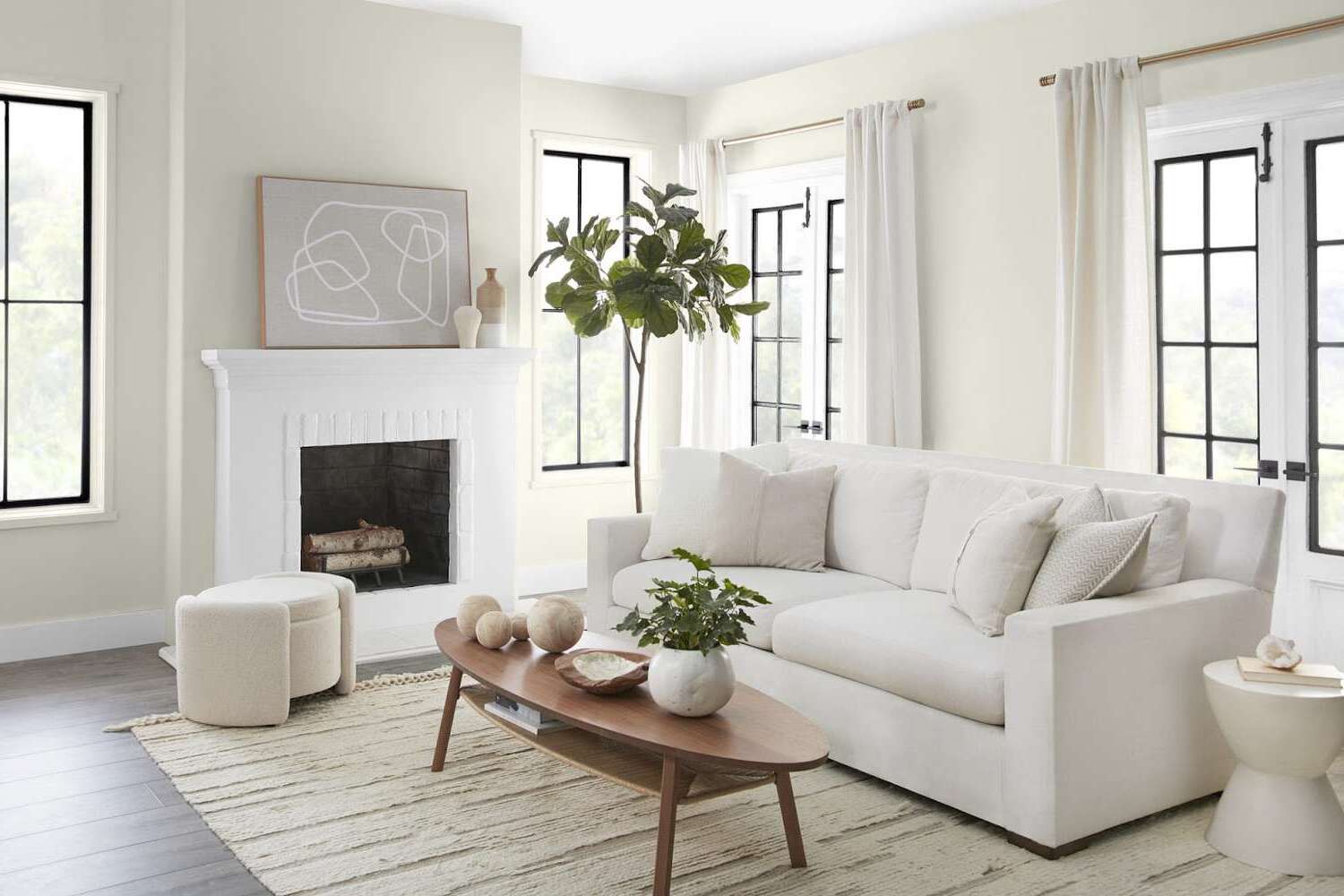
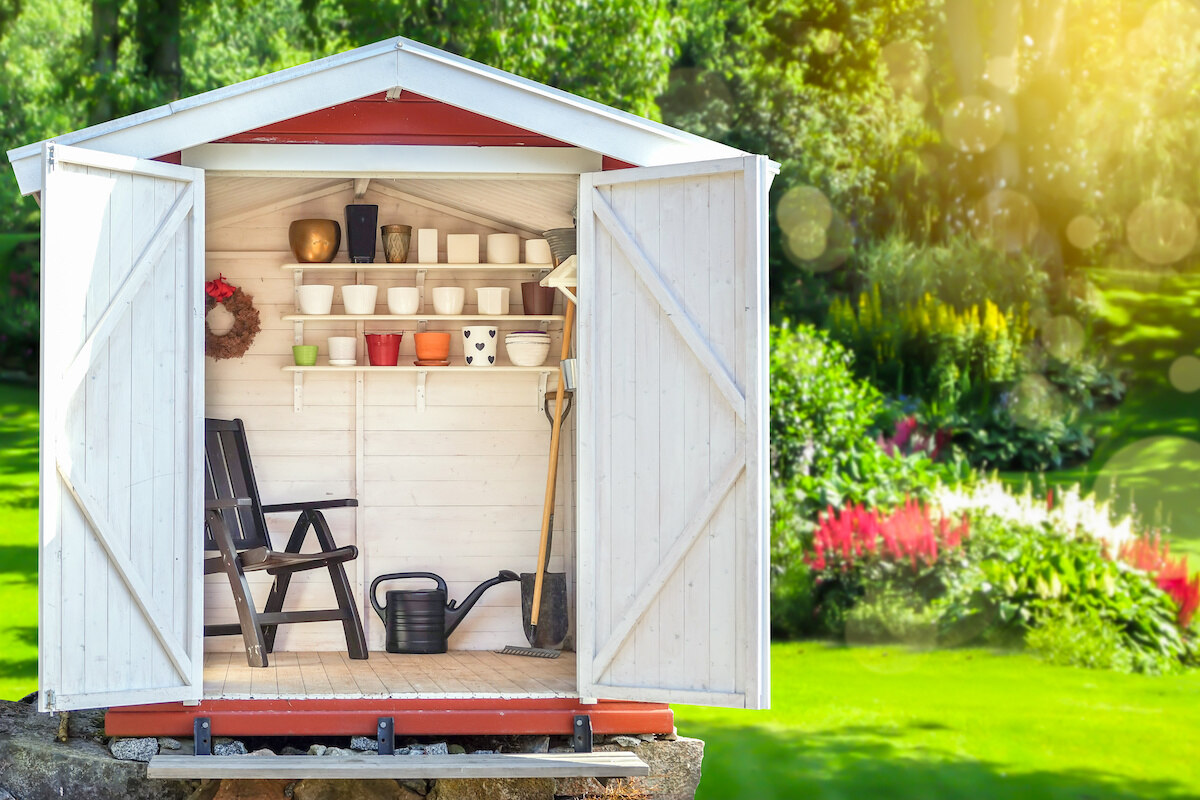

0 thoughts on “How To Choose The Right Storage Shed For Your Backyard”